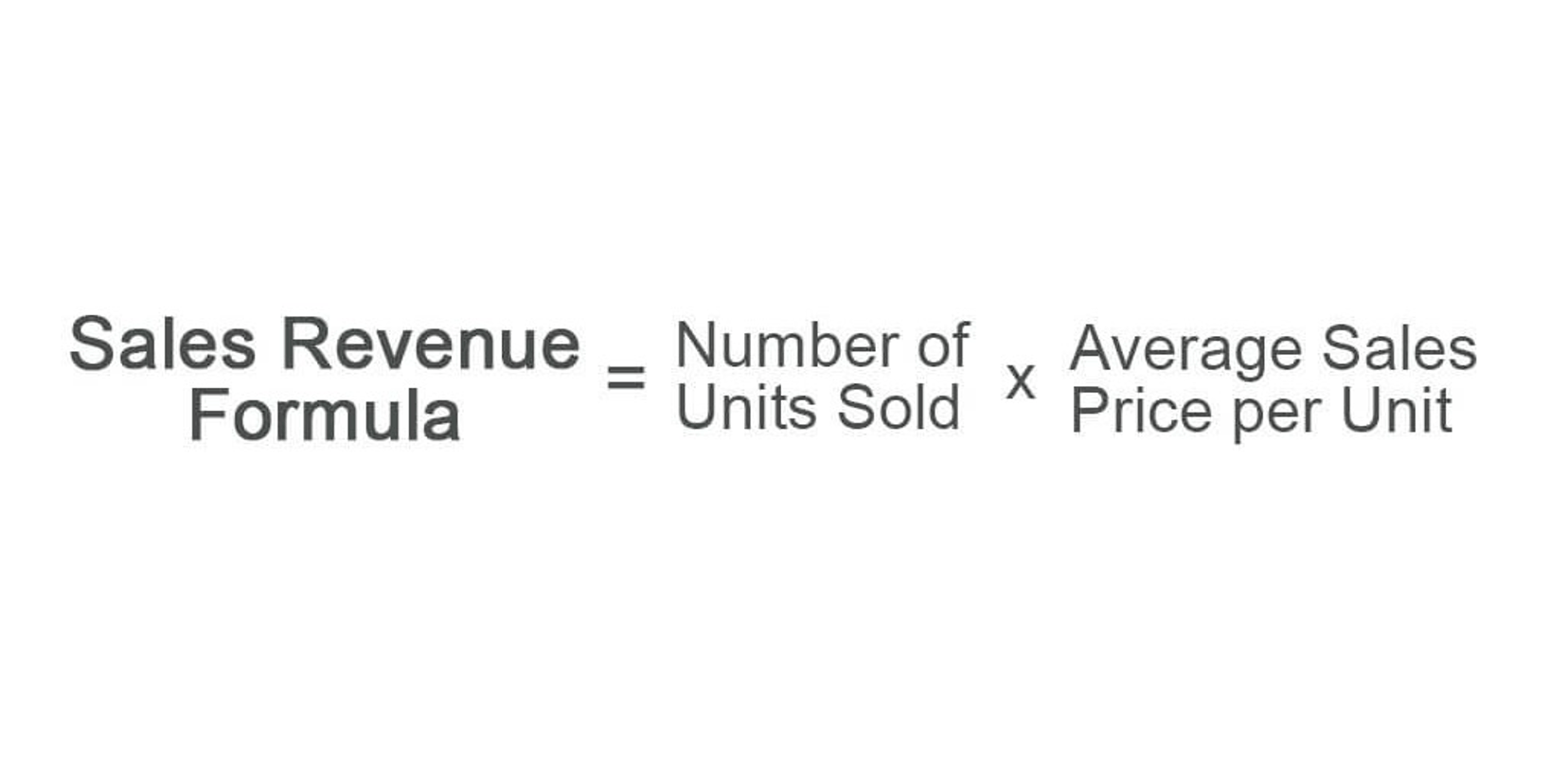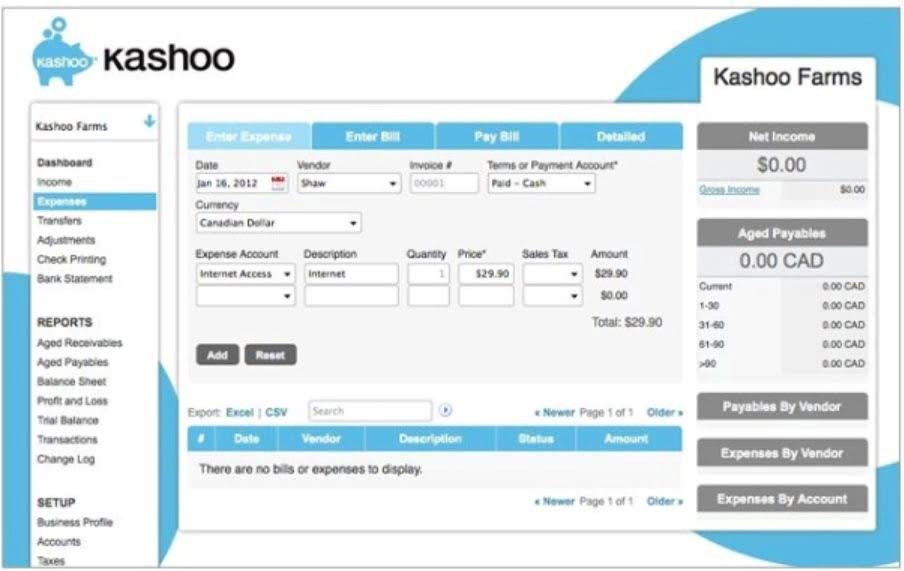Manufacturing overheads represent indirect costs that are HVAC Bookkeeping necessary to support production, but they can be tricky to track. Each element gives clarity on how costs are accumulated from raw materials to finished goods. Unlocking sustained profitability in a manufacturing business takes time and effort. For that, you’ll have to continuously monitor costs and make sure that profit is consistent throughout the production line.
Components of the Cost of Goods Manufactured
Before diving into how to calculate it, let’s first understand what Cost of Goods Manufactured (COGM) means. At the end of the quarter, $8,500 worth of furniture is still unfinished as calculated by the MRP system. Shaun Conrad is a Certified Public Accountant and CPA exam expert with a passion for teaching. After almost a decade of experience in public accounting, he created MyAccountingCourse.com to help people learn accounting & finance, pass the CPA exam, and start their career. By addressing these challenges head-on, manufacturers can maintain an accurate, reliable COGM which is instrumental for proper financial and strategic planning.
- The main components of COGM are direct materials, direct labor, and manufacturing overhead.
- All of our content is based on objective analysis, and the opinions are our own.
- Calculate the Cost of Goods Manufactured (COGM) to total your manufacturing cost.
- For information pertaining to the registration status of 11 Financial, please contact the state securities regulators for those states in which 11 Financial maintains a registration filing.
- If you like the formula in this article or formulas in general, you’re going to love our Inventory Formula Cheat Sheet!
- However, production software such as a capable manufacturing ERP system continuously tracks all manufacturing costs and inventory movements and calculates both COGM and COGS automatically.
- Remember, COGM includes all the costs of making your products, like materials, labor, and overhead.
Aids in Finding Financial Losses
We’ll start with beginning and finishing WIP inventory since it’s unclear what those terms mean at first glance. The cost of goods manufactured formula is often confused with the cost of goods sold formula, but these two formulas differ. Finished goods are products that are completely done and ready to go out the door. The following scenario should be taken into consideration if a manufacturer wants to calculate its cost of goods produced (COGM) for the year 2021, which was its most recent fiscal year. Additionally, implementing the necessary cost of goods manufactured changes will boost the business’s net profits. In general, COGM provides the business with critical information about the cost variables.
What is the Cost of Goods Manufactured?
It helps the company to plan and modify its approach to product pricing. Additionally, it helps in tracking business development, keeping better financial records, and helps to better manage their inventory. When calculating the cost of goods manufactured (COGM), you’ll have to consider many factors that raise production costs. WIP includes the value of everything that’s partially completed and still moving through your production process. On the other hand, if the selling price is too high, consumers might look for similar products at lower prices.
Module 1: Nature of Managerial Accounting
By managing direct labor and overheads effectively, a manufacturer can increase their competitive edge by potentially lowering COGM and improving the bottom line. Joint costs are the costs of both raw materials and conversion that cannot be separated. Joint cost allocation is the process by which joint costs are assigned to particular products produced in a process or department. For the COGM, you should only consider overhead costs that directly contribute to product production. It seems simple, but you’ll need to understand these terms to make use of the formula. The vital thing to note here is that these inputs are strictly part of the manufacturing process, unlike total manufacturing cost, which considers pretty much everything.
- Prime cost is the total manufacturing cost excluding the value of direct materials.
- The final step is to subtract the ending WIP inventory balance from the starting WIP inventory once the manufacturing costs have been taken into consideration.
- COGM is crucial to many important business decisions, such as pricing, product design, and resource allocation.
- In addition, AccountingCoach PRO includes a form for preparing a schedule of the Cost of Goods Manufactured.
- Use this information to evaluate production efficiency, make informed business decisions, measure performance, and control costs.
- At the same time, calculating the CGOM requires you to already have a ton of information on hand.
Why Calculating COGM is Important for Production?
As we have seen, the total manufacturing cost and cost of goods manufactured are very similar metrics. Learn how Unleashed helps you track all your production costs to provide an accurate picture of your COGM, profitability, and cash flow that’s consistently updated in real time. A key benefit of using cloud manufacturing software for COGM is that it generates comprehensive reports and dashboards which provide insights into production costs, efficiency, and profitability.
The one thing that all of these things have in common is that they’re all finite. There’s only so much time and money available, so it’s essential to use all of it as efficiently as possible. If you like the formula in this article or formulas in general, you’re going to love our Inventory Formula Cheat Sheet! We put together 7 of the most commonly used formulas for inventory management in this handy document for anyone to download. For the past 52 years, Harold Averkamp (CPA, MBA) hasworked as an accounting supervisor, manager, consultant, university instructor, and innovator in teaching accounting online. For the past 52 years, Harold Averkamp (CPA, MBA) has worked as an accounting supervisor, manager, consultant, university instructor, and innovator in teaching accounting online.
To calculate COGM, add the beginning work in progress (WIP) inventory to the total manufacturing costs, then subtract the ending WIP inventory. Because it’s subtracted from your sales revenue to figure out your gross profit. COGM, while important for understanding production costs, doesn’t retained earnings directly affect profit until those goods are sold.







